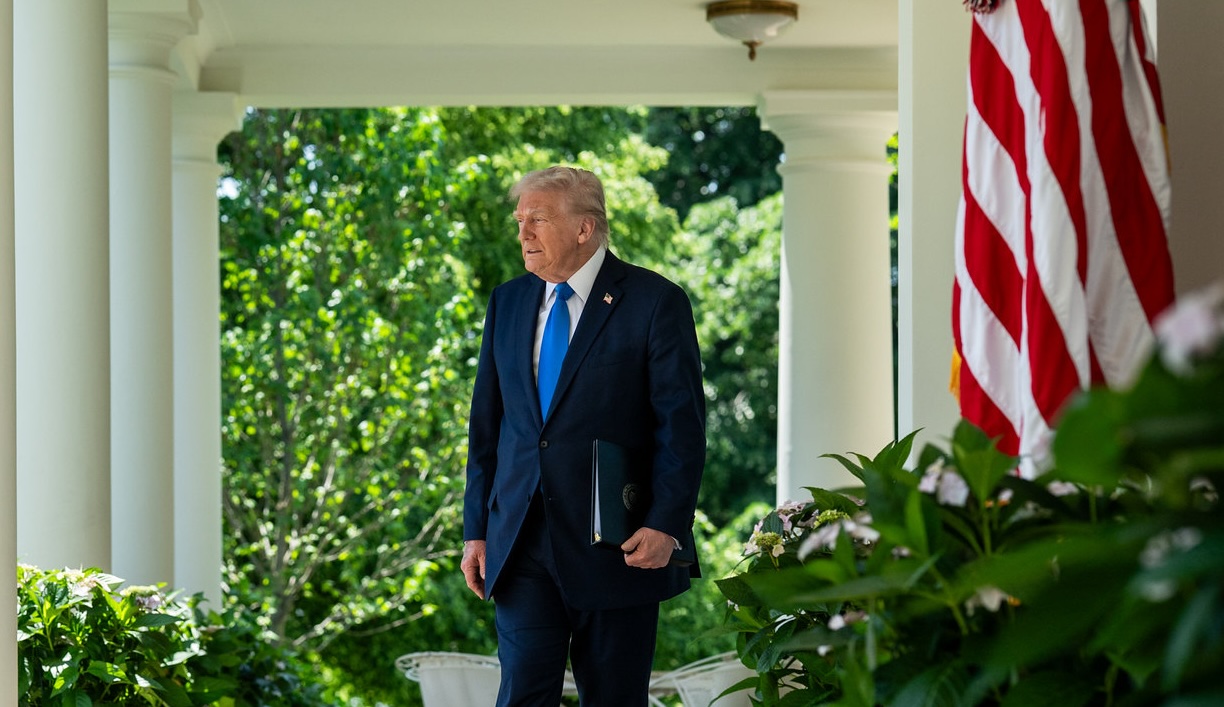Already a subscriber? Make sure to log into your account before viewing this content. You can access your account by hitting the “login” button on the top right corner. Still unable to see the content after signing in? Make sure your card on file is up-to-date.
President Donald Trump has announced that the United States and Japan have reached a new trade agreement that includes $550 billion in Japanese investments in the US.
Some shit you should know before you read: A few weeks back, President Trump sent letters to various world leaders informing them of impending tariff hikes if they failed to secure new trade agreements with the United States by his specified deadline of August 1. Among the recipients was Japan, which was warned of a 25% tariff on its exports to the US (up from the already existing minimum tariff rate of 10%). If you didn’t know, the US and Japan share a significant trade relationship, with $148 billion worth of Japanese goods imported into the US and $80 billion in American exports sent to Japan in 2024 (according to the US Commerce Department and Census Bureau data). Japan is the fifth-largest source of US imports, with top imports including automobiles, machinery, and electronics. Key American exports to Japan include oil and gas, aerospace products, and pharmaceuticals.

What’s going on now: In a late night announcement, Trump confirmed that the United States had reached what he called a “massive” trade deal with Japan. The new deal will impose a 15% reciprocal tariff on Japanese exports to the US, replacing the previously threatened 25% rate that was set to take effect on August 1. In return, Japan has agreed to open its domestic markets to American cars, trucks, rice, and other agricultural products (sectors that have long been a source of trade friction between the two nations).
Trump also claimed that Japan will invest $550 billion into the US economy under the agreement and that the US would “receive 90% of the profits,” though no detailed term sheet or mechanism for profit allocation has been disclosed. The deal also includes plans for a joint US–Japan liquefied natural gas venture in Alaska. According to Trump, these agreements would result in hundreds of thousands of new jobs and strengthen economic relations between both countries.
The announcement came just days after Japanese Prime Minister Shigeru Ishiba’s coalition lost its majority in the country’s upper house elections, a setback that raised questions about his ability to negotiate from a position of strength. Within Japan, Ishiba was potentially looking at a no-confidence vote that could result in a change in leadership. As of now, some Japanese political analysts believe that the trade deal will likely help Ishiba avoid that for the time being.







